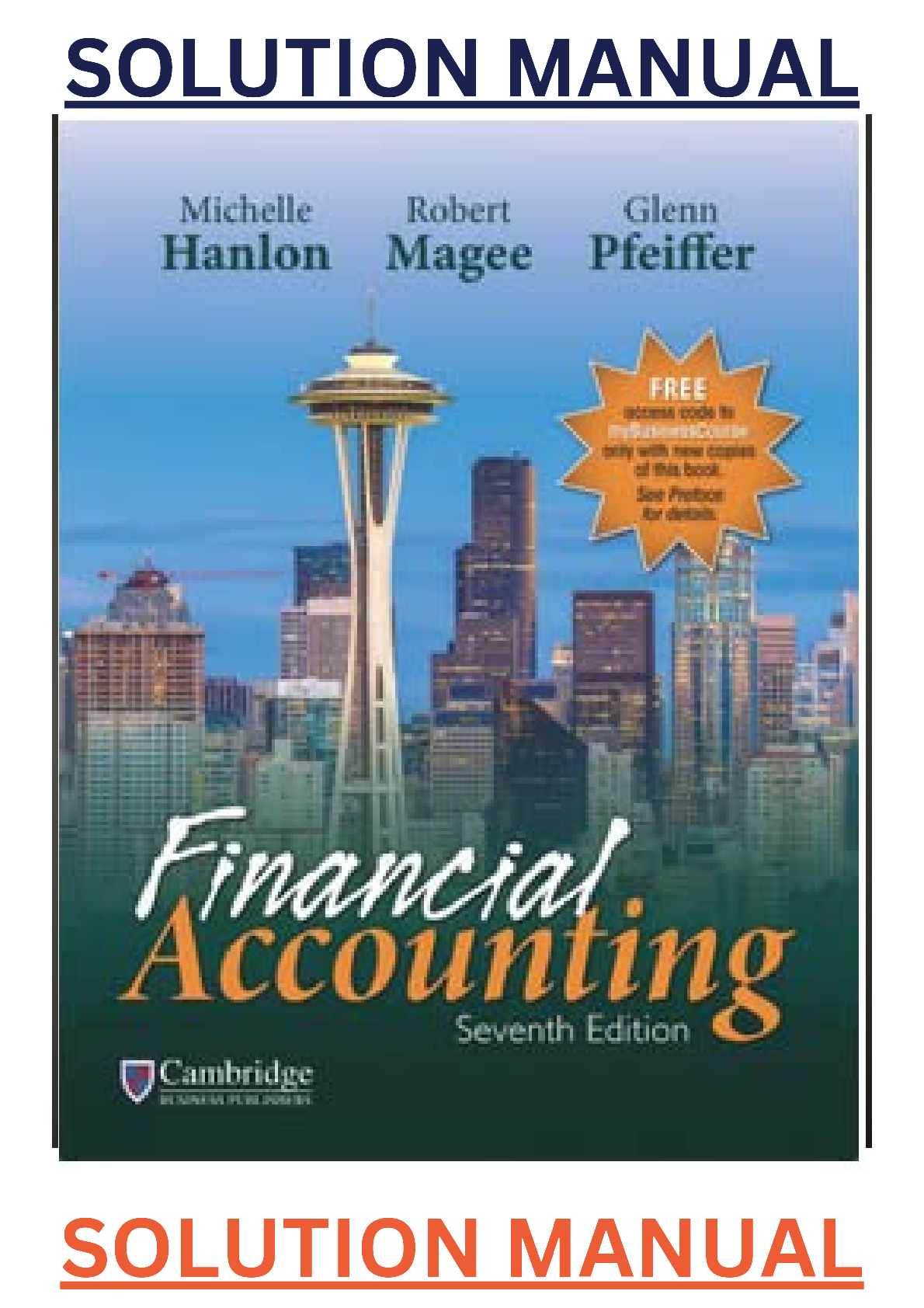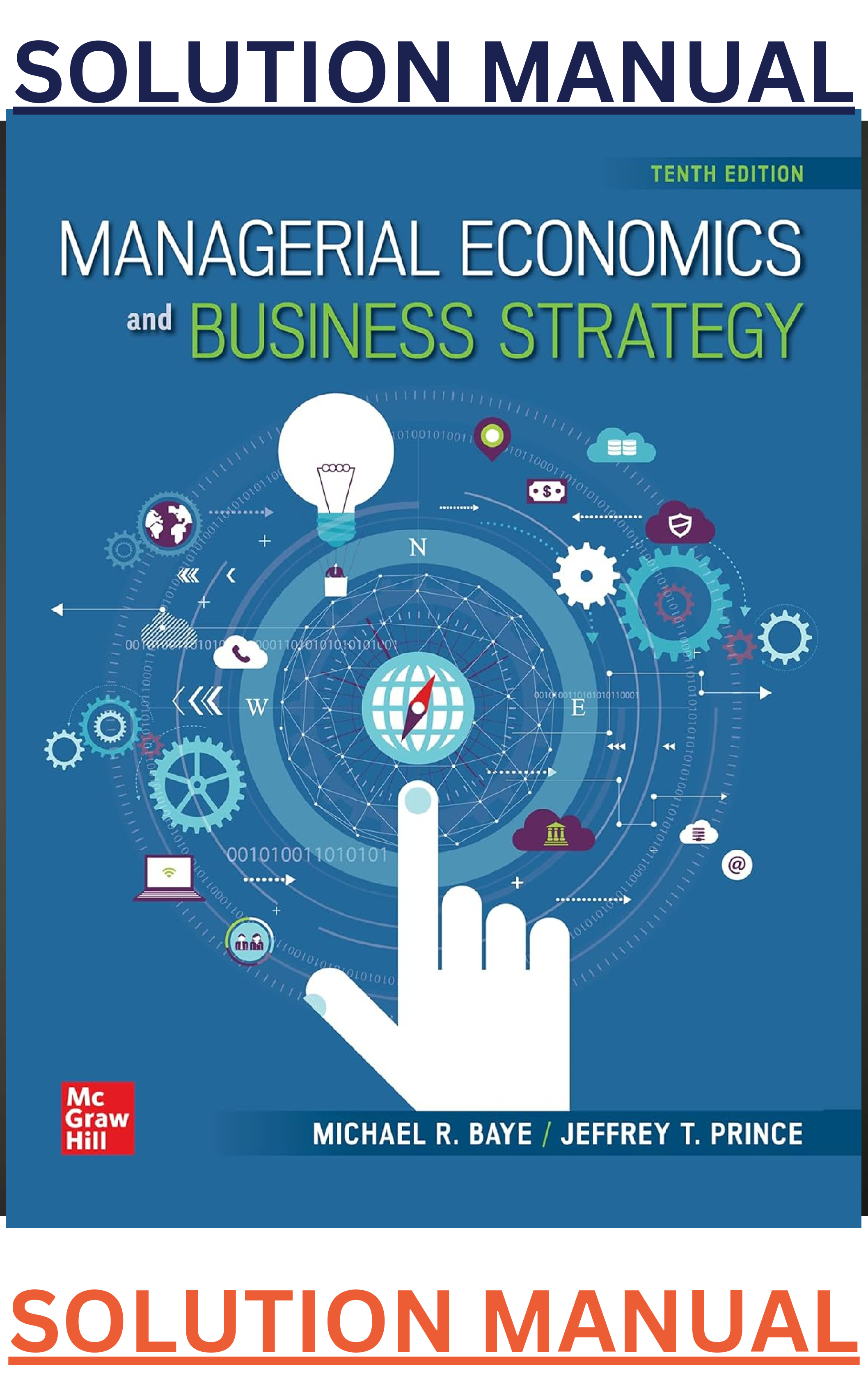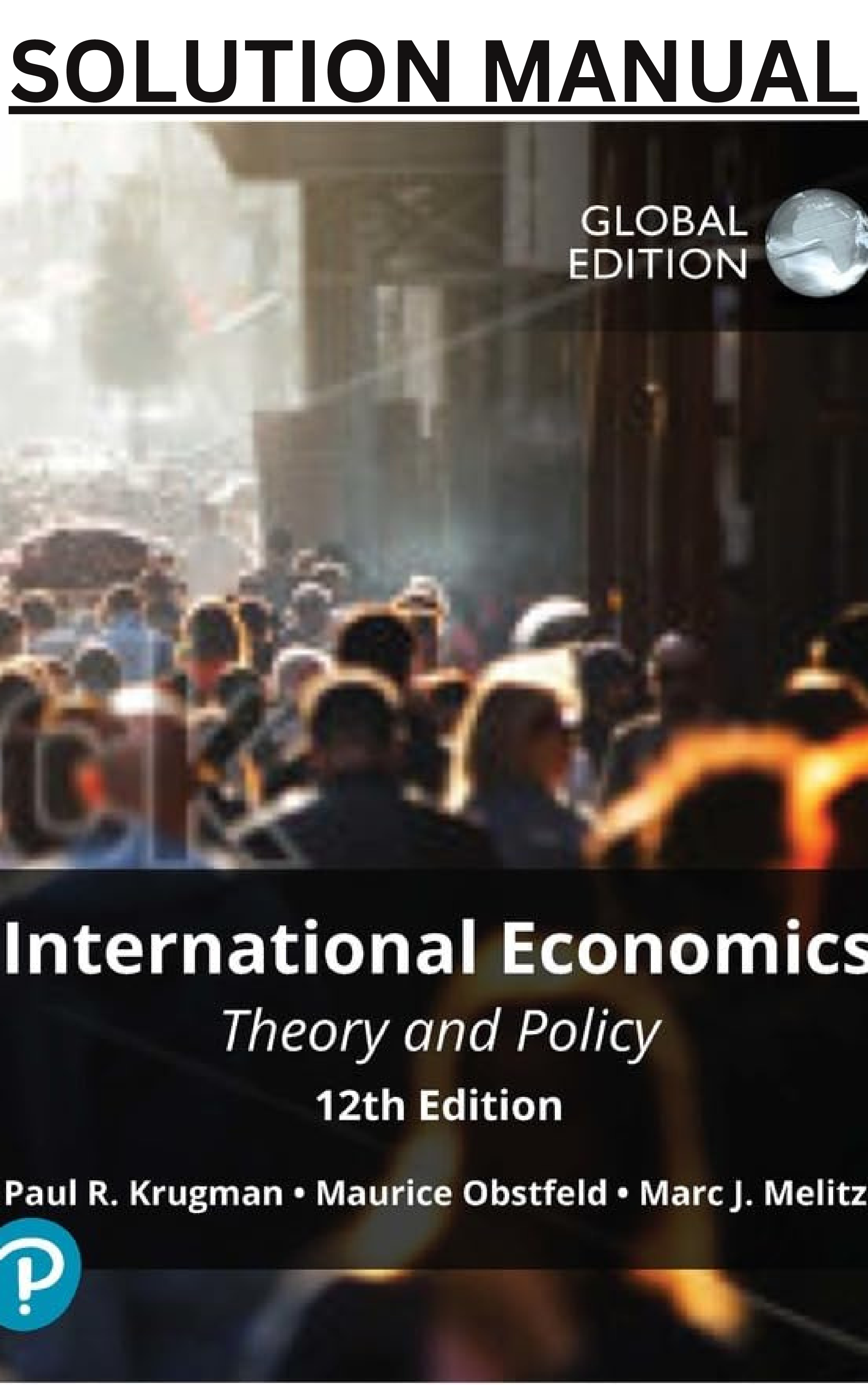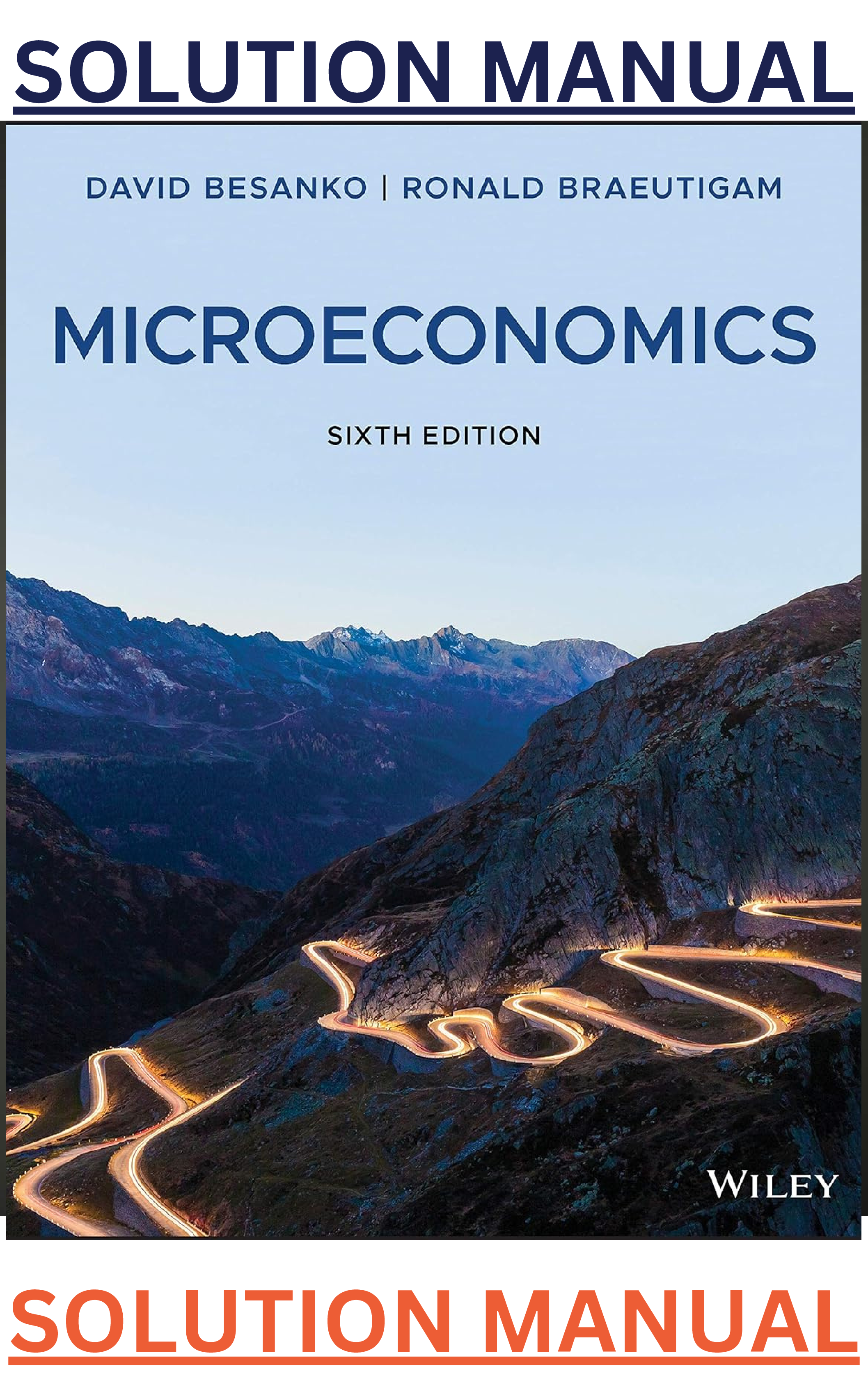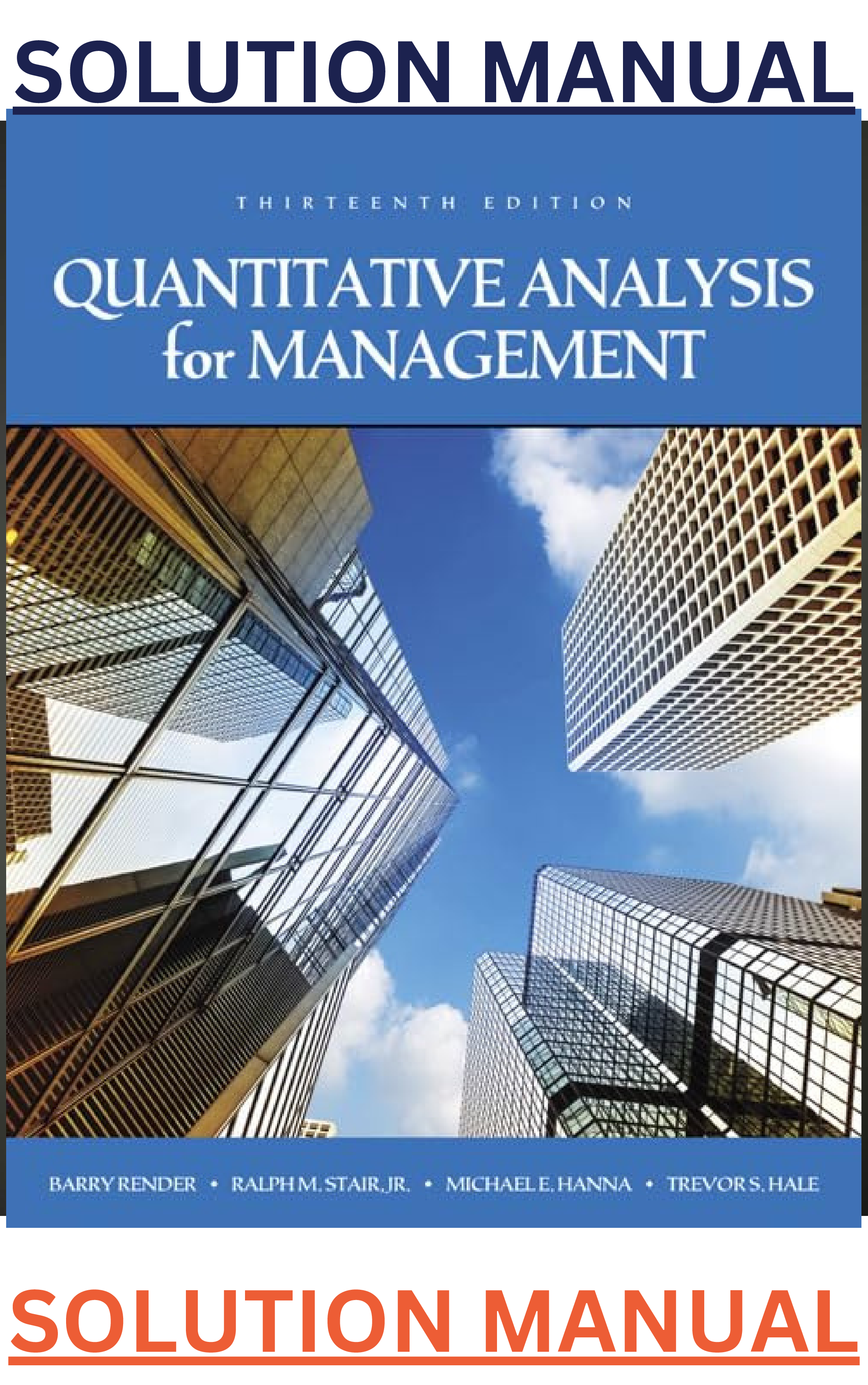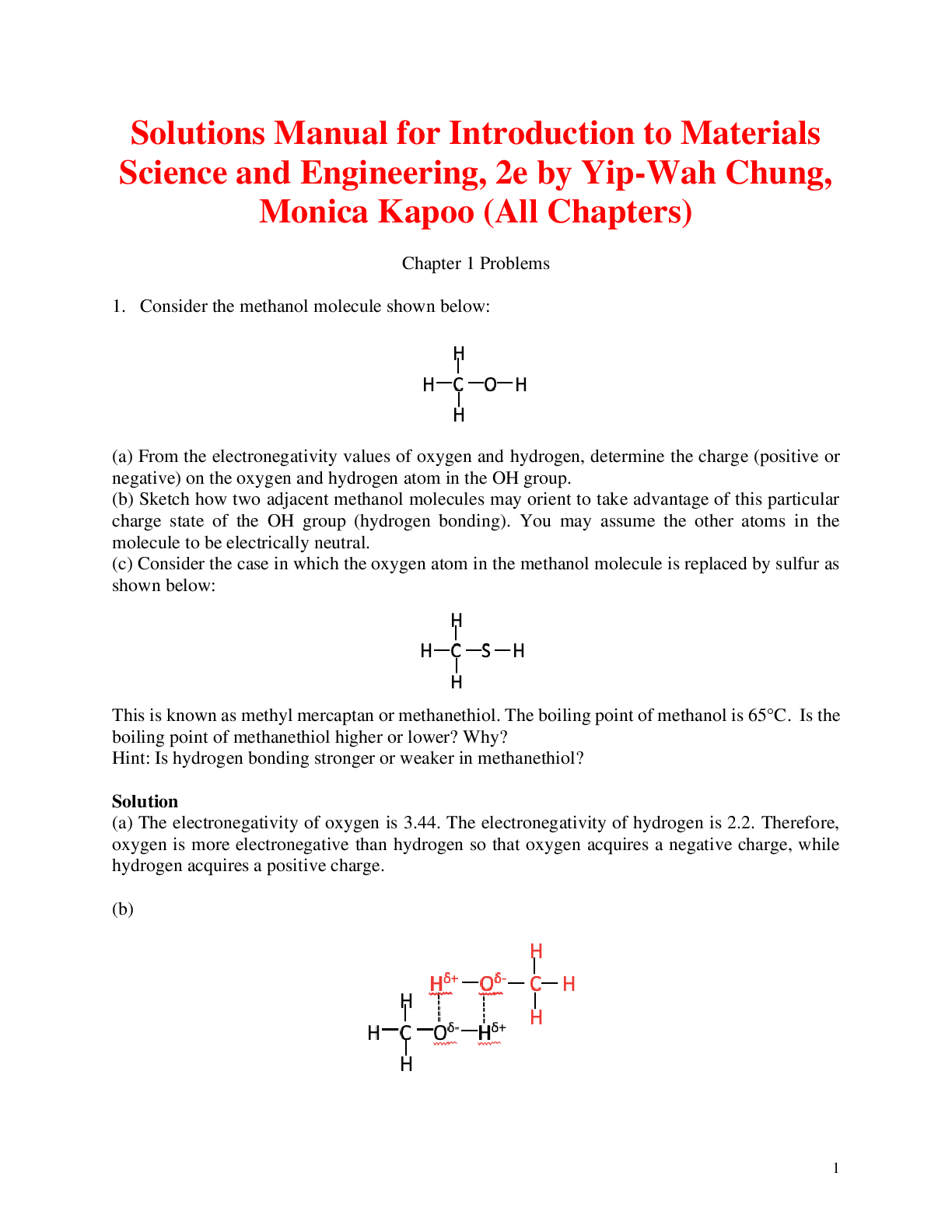Material Science > SOLUTIONS MANUAL > COMPLETE - Elaborated Instructor’s Solutions Manual to accompany for The Science and Engineering o (All)
COMPLETE - Elaborated Instructor’s Solutions Manual to accompany for The Science and Engineering of Materials, 7Ed.by Donald R. Askeland & Wendelin J. Wright. ALL Chapters(1-37) Included |464| Pages - Questions & Answers Pass Basic Science and Engineering of Materials in First Attempt Guaranteed!Get 100% Latest Exam Questions, Accurate & Verified Answers to Pass the Actual Exam! Instant Download!
Document Content and Description Below
COMPLETE - Elaborated Instructor’s Solutions Manual to accompany for The Science and Engineering of Materials, 7Ed.by Donald R. Askeland & Wendelin J. Wright. ALL Chapters(1-37) Included |464| Pages... - Questions & Answers Pass Basic Science and Engineering of Materials in First Attempt Guaranteed!Get 100% Latest Exam Questions, Accurate & Verified Answers to Pass the Actual Exam! Instant Download! The Science and Engineering of Materials, Enhanced Edition 7Ed.by Donald R. Askeland & Wendelin J. Wright ISBN-10 Chapter 1: Introduction to Materials Science and Engineering 1-1 Define materials science and engineering (MSE). Solution: Materials science and engineering (MSE) is an interdisciplinary field that studies and manipulates the composition and structure of materials across length scales to control materials properties through synthesis and processing. 1-2 What is the importance of the engineering tetrahedron for materials engineers? Solution: Structure, properties and performance all depend on the route in which a material is processed. We cannot predict the end properties for a material until we have specified a process to produce the component. Using the same material, but changing the way it is processed will result in different structure, properties and performance of that material. This is applicable to all material systems. 1-3 Define the following terms: (a) composition; (b) structure; (c) synthesis; (d) processing; and (e) microstructure. Solution: (a) The chemical make-up of a material. (b) The arrangement of atoms, seen at different levels of detail. (c) How materials are made from naturally occurring or man-made chemicals. (d) How materials are shaped into useful components. (e) The structure of an object at the microscopic scale. 1-4 Explain the difference between the terms materials science and materials engineering. Solution: Materials scientists work on understanding underlying relationships between the synthesis and processing, structure, and properties of materials. Materials engineers focus on how to translate or transform materials into useful devices or structures. 2 © 2016 Cengage Learning. May not be scanned, copied or duplicated, or posted to a publicly accessible website, in whole or in part. 1-5 The myriad materials in the world primarily fall into four basic categories; what are they? What are materials called that have one or more different types of material fabricated into one component? Give one example. Solution: Metals, polymers and ceramics. The addition of one or more of these to a single system is called a composite. An example of a composite material is fiberglass. 1-6 What are some of the materials and mechanical properties of metals and alloys? Solution: Metals and alloys have good electrical and thermal conductivity, high strength, ductility and formability, and high stiffness. 1-7 What is a ceramic, and what are some of the properties that you expect from a ceramic? Solution: Ceramics tend to have very high compressive strengths, but behave in a brittle (glasslike) manner. They have very high melting temperatures. Poor thermal conductivity and electrical conductivity make ceramics behave as an insulator instead of a conductor. 1-8 Make comparisons between thermoplastics and thermosetting polymers (a) on the basis of mechanical characteristics upon heating, and (b) according to possible molecular structures. Solution: Thermoplastics tend to soften with elevated temperature exposure with gradually decreasing viscosity. Thermosetting polymers do not soften with elevated temperature exposure; instead they will remain hard and will degrade, possibly charring with prolonged exposure. Thermoplastics consist of long chain molecular arrangements of covalently bonded carbon atoms with various side groups. Thermosetting polymers tend to be a complex 3- D arrangement usually deviating from the clearly defined long-chain molecular arrangement. 1-9 Give three examples of composites that can be fabricated. Solution: Metal matrix composites (MMC) – A metal matrix reinforced with a ceramic material in the form of particles, whiskers or fibers. Example: Cobalt alloy reinforced with tungstencarbide particulates. Polymer matrix composites (PMC) – A polymer matrix reinforced with a ceramic material in the form of whiskers or fibers. Example: Kevlar or fiberglass. . [Show More]
Last updated: 2 years ago
Preview 1 out of 463 pages
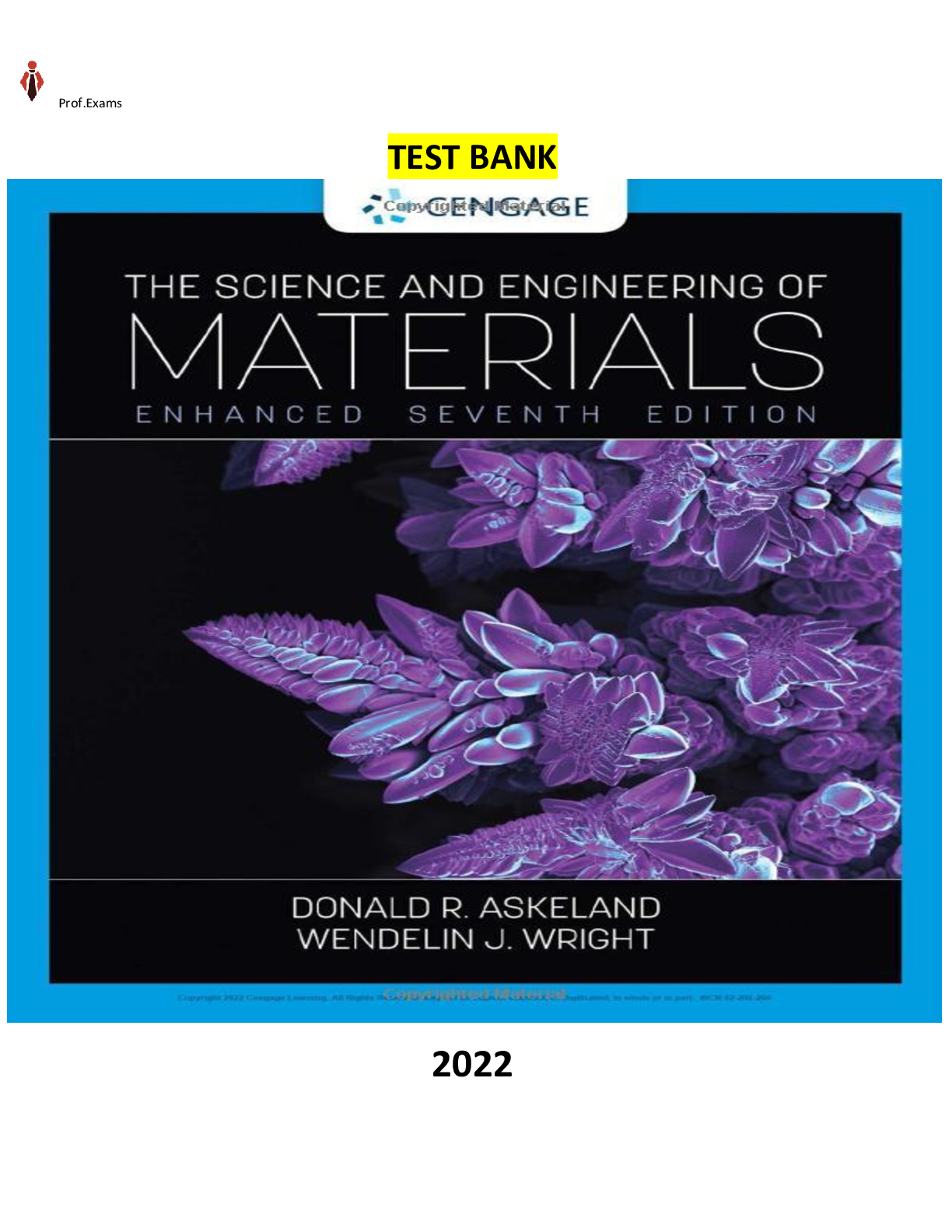
Buy this document to get the full access instantly
Instant Download Access after purchase
Buy NowInstant download
We Accept:

Reviews( 0 )
$25.50
Can't find what you want? Try our AI powered Search
Document information
Connected school, study & course
About the document
Uploaded On
May 26, 2023
Number of pages
463
Written in
Additional information
This document has been written for:
Uploaded
May 26, 2023
Downloads
0
Views
83



